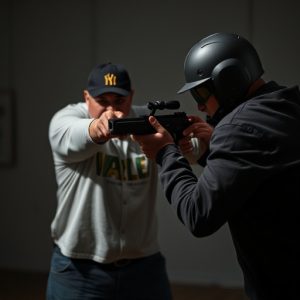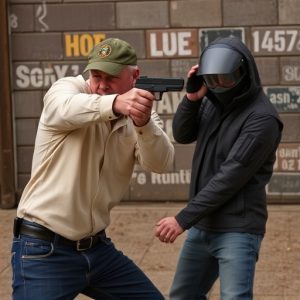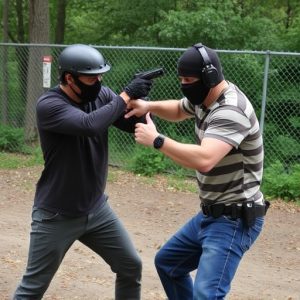Silent Stun Guns: Understanding Paralysis Duration After Discreet Self-Defense Deployment
Silent stun guns, popular for discreet self-defense, temporarily paralyze targets with electric shoc…….
Silent stun guns, popular for discreet self-defense, temporarily paralyze targets with electric shocks that disrupt muscle control. Paralyzation duration varies by Taser model (seconds to minutes), target's physicals, and environmental conditions. Advanced silent stun guns deliver higher voltage for longer periods, appealing for privacy in various settings.
“In recent years, the use of Tasers as a law enforcement tool has sparked debates, especially regarding their impact on individuals and the duration of paralysis they can induce. This article delves into the fascinating yet complex world of Taser deployment, focusing on how long paralysis may last.
We’ll explore the factors influencing this critical period, including physical attributes and environmental conditions, and even introduce the concept of silent stun guns as discreet self-defense options for individuals seeking alternative protection.”
- Understanding Taser Deployment and Its Effects
- Factors Influencing Paralysis Duration
- Silent Stun Guns: Discreet Self-Defense Options
Understanding Taser Deployment and Its Effects
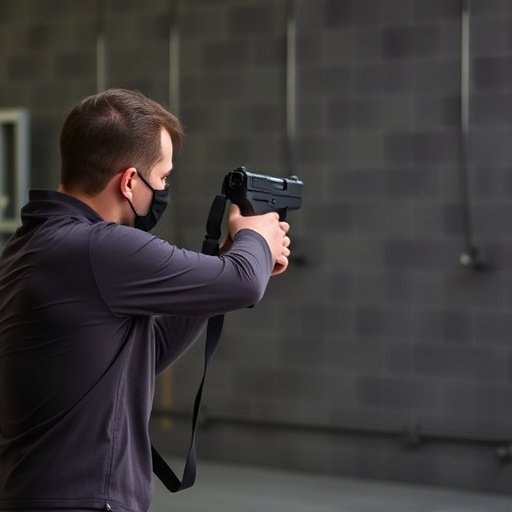
Tasers, also known as stun guns, are non-lethal weapons designed to temporarily incapacitate a target with an electric current. When deployed, these devices fire two small probes connected to wires, delivering a powerful electrical shock that disrupts muscle control in the body, leading to a brief period of paralysis. The duration of this paralysis can vary significantly based on factors such as the model of Taser used, the distance between the device and the target, and individual physical attributes.
For silent stun guns for discreet self-defense purposes, understanding the effects and duration of paralysis is crucial. While a single shock may last only a few seconds, it can be enough to disable an assailant temporarily, providing the user with precious time to escape or seek help. However, repeated shocks or longer-duration models can extend the paralysis period, making the target unable to move for several minutes. This prolonged incapacity is designed to ensure maximum safety for both the individual using the Taser and bystanders.
Factors Influencing Paralysis Duration
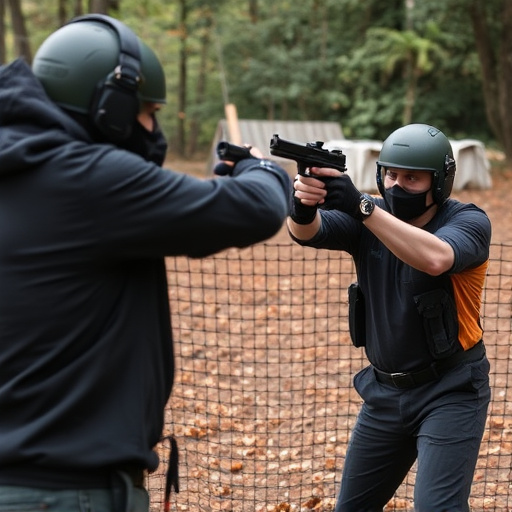
The duration of paralysis induced by a taser deployment can vary greatly, influenced by several factors. One key factor is the model and power output of the stun gun used; more advanced units may deliver higher voltage for longer periods, leading to prolonged immobilization. Additionally, the physical characteristics of the target play a significant role—body size, muscle mass, and overall fitness level can affect how long the individual remains paralyzed.
Taser deployment effectiveness is also influenced by environmental conditions. For instance, cold temperatures can enhance nerve sensitivity, potentially extending paralysis duration, while wet or moist environments may reduce electrical conduction, lessening its impact. Moreover, a person’s posture and movement immediately after being shocked can impact the length of paralysis; remaining motionless for an extended period post-shock tends to prolong the effects. This is especially relevant in self-defense scenarios where individuals equipped with silent stun guns for discreet protection may need to consider these factors to ensure their safety and effectiveness.
Silent Stun Guns: Discreet Self-Defense Options
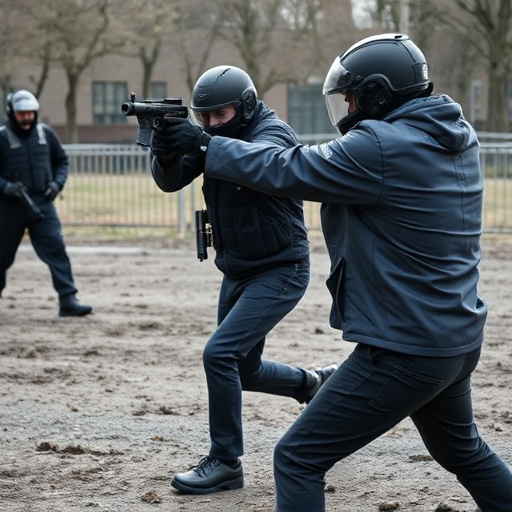
Silent stun guns have emerged as a popular choice for those seeking discreet self-defense options. These innovative devices offer a non-lethal way to incapacitate an assailant, providing users with a sense of security and peace of mind in potentially dangerous situations. Unlike traditional tasers that emit an audible shock, silent stun guns utilize advanced technology to deliver a powerful electric current without the loud noise, making them ideal for stealthy self-protection.
The discreet nature of these weapons allows individuals to carry them easily, ensuring they are prepared if confronted with a hostile individual in secluded or public areas alike. Their compact size and subtle appearance make them less conspicuous, enabling users to act swiftly and confidently without drawing unnecessary attention. With advanced features like adjustable voltage settings and durable construction, silent stun guns offer a reliable solution for personal safety, appealing to individuals who prioritize both protection and privacy.
In conclusion, understanding the duration of paralysis resulting from Taser deployment is crucial for both law enforcement and individuals considering silent stun guns for discreet self-defense. Factors like target size, distance, and individual health play significant roles in determining how long a person remains paralyzed. As we’ve explored, while Tasers can be powerful tools for neutralizing threats, they should be used responsibly and ethically. Silent stun guns offer an alternative option for personal safety, providing a discreet means of self-defense without the prolonged paralysis associated with traditional Tasers.
